Cast iron cookware has been a kitchen staple for generations—and for good reason. It’s affordable, durable, versatile, and can withstand high heat without the risk of warping or flaking like nonstick pans. But if you want your cast iron to last a lifetime (or longer), proper care is essential. The good news? It only takes a few minutes after each use to keep your pans in tip-top shape.
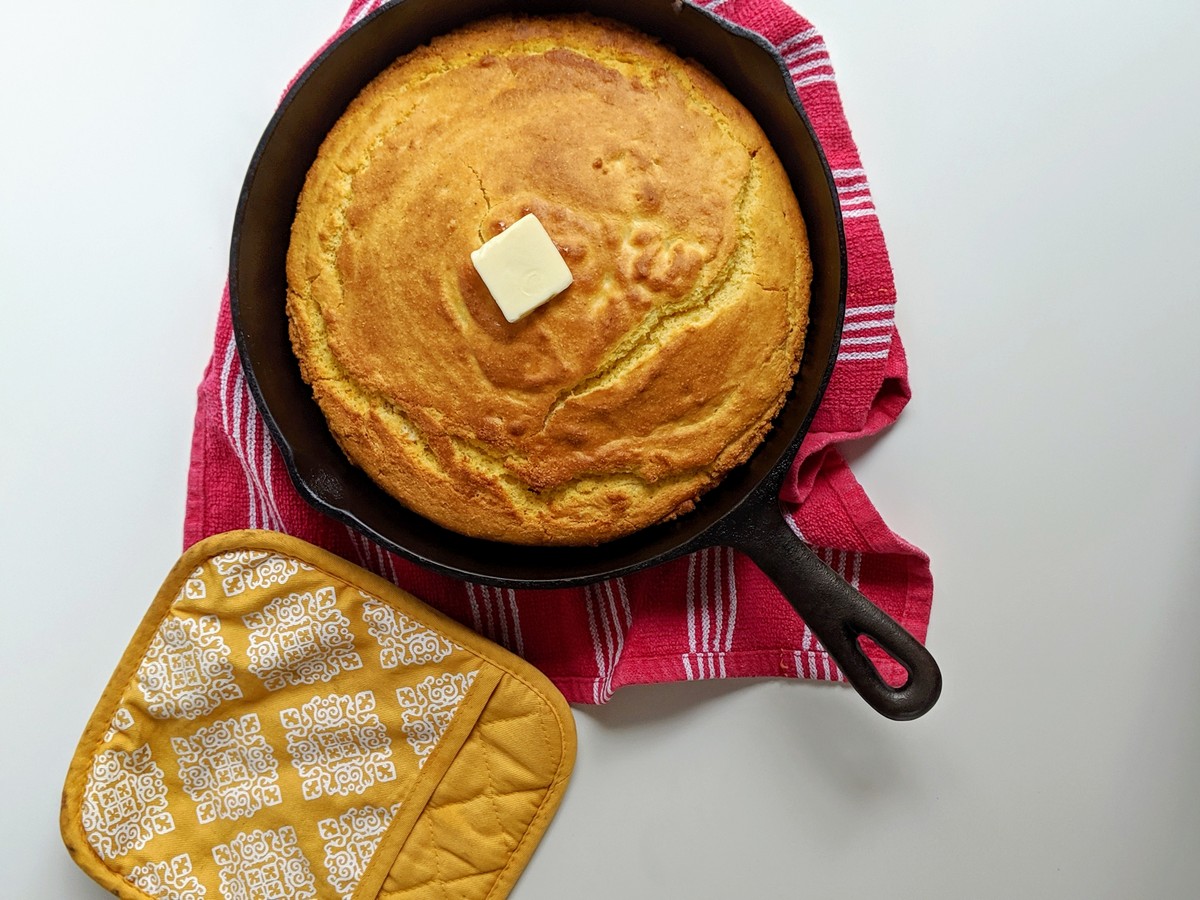
Why Cast Iron is Worth the Effort
For as long as I can remember, my Nana made skillets of buttery cornbread in her well-loved cast iron. Because she took such great care of her cookware, I now have a few of her pieces that I cherish and use today. Cast iron, when cared for properly, is built to last and delivers unbeatable flavor and texture.
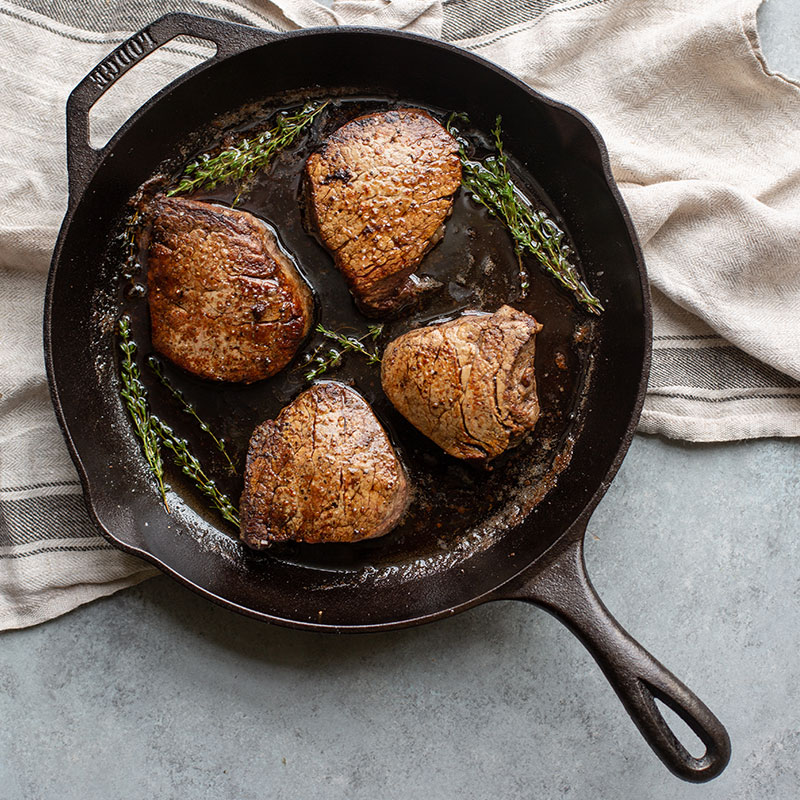
Seasoning Cast Iron
What is Seasoning?
Seasoning is the process of baking oil into the cast iron surface to create a protective, nonstick layer. This happens naturally over time as you cook with oils and fats, but it can also be done intentionally to build up that layer.
How to Maintain Seasoning After Each Use
- Let the pan cool after cooking.
- Rinse with warm water (no soap!) and a soft cloth or sponge.
- Dry thoroughly with a towel.
- Lightly coat the surface with olive, canola, or vegetable oil using a paper towel.
This quick routine prevents rust, keeps food from sticking, and extends the life of your cookware.
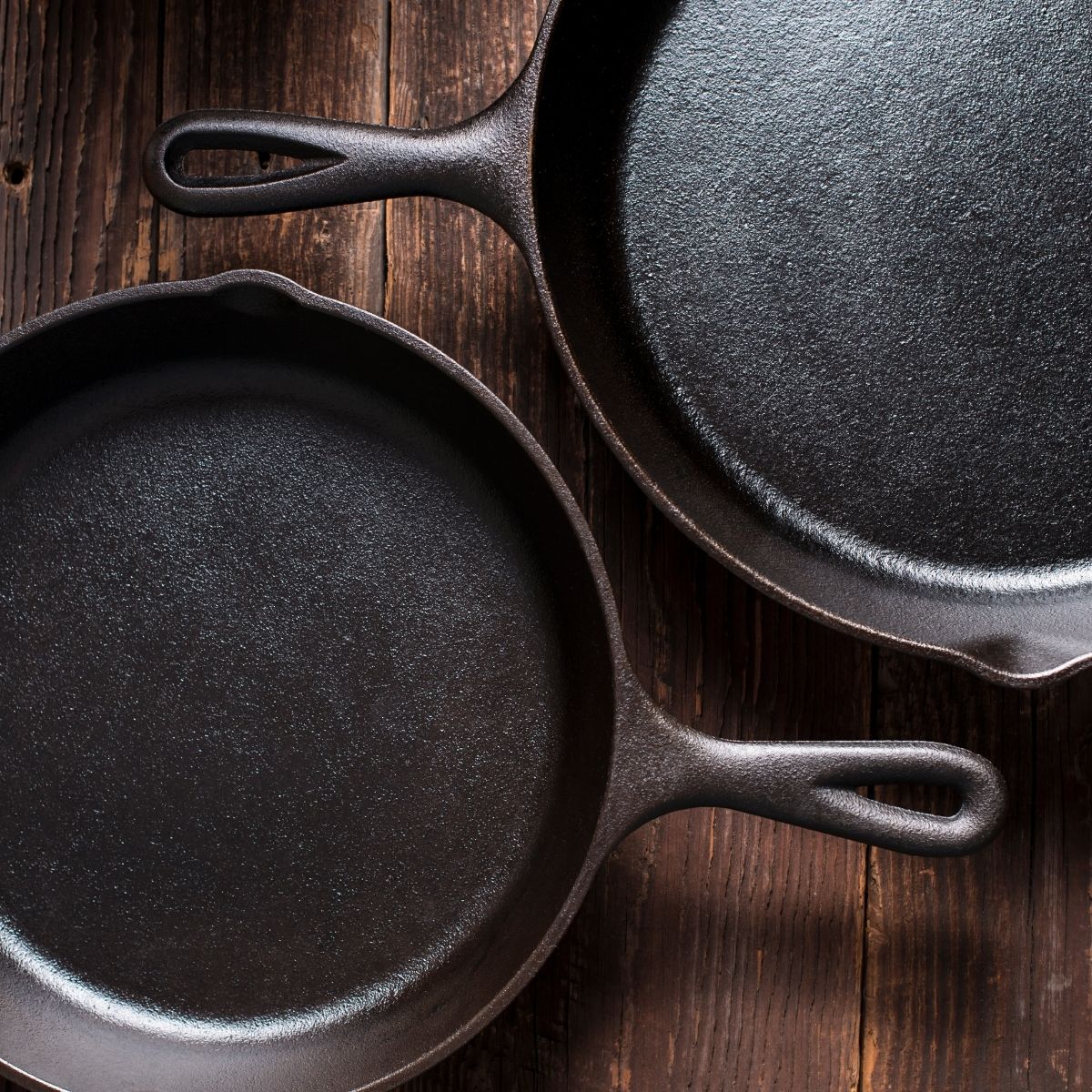
Pre-Seasoned vs. Hand-Me-Down Cast Iron
Store-Bought Pre-Seasoned Cast Iron
Most cast iron cookware from modern brands comes pre-seasoned. However, that layer can be a bit thin, so seasoning it again at home before the first use can help prevent sticking.
Antique or Hand-Me-Down Skillets
If you score a vintage piece at an antique shop or inherit one from family, give it a thorough cleaning before cooking. These pans can often be restored to like-new condition with just a little effort.
Enameled Cast Iron: A Convenient Alternative
Enameled cast iron is coated with a layer of porcelain enamel, which eliminates the need for seasoning. It’s easier to clean and ideal for cooking acidic dishes like tomato sauces or simmering soups. However, it doesn’t have the same nonstick qualities as well-seasoned traditional cast iron.
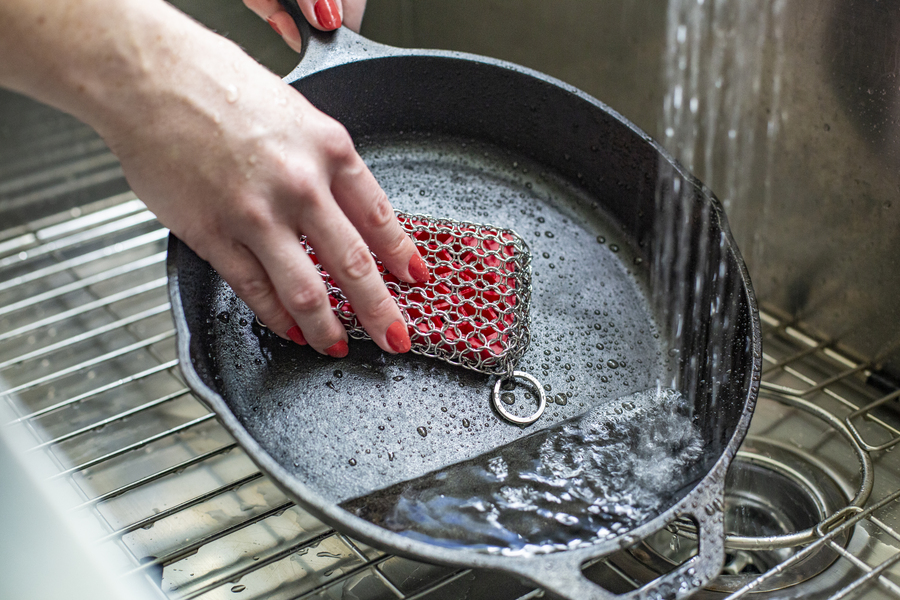
How to Clean Cast Iron Cookware
Daily Cleaning Options
Depending on what you cooked, choose one of these methods:
- Wipe and store: For greasy foods like bacon.
- Rinse, dry, oil, and store: After sautéing or frying.
- Scrub, rinse, dry, oil, and store: For stuck-on bits or after cooking with sauces.
Avoid dishwashers and long soaks. Both can lead to rust and damage.
Removing Stuck-On Food
- Sprinkle kosher salt into the skillet.
- Add a little warm water.
- Scrub with a chainmail pad, sponge, or scraper.
- Rinse and dry thoroughly.
- Apply a light layer of oil before storing.
Important: Never soak or put cast iron in the dishwasher.
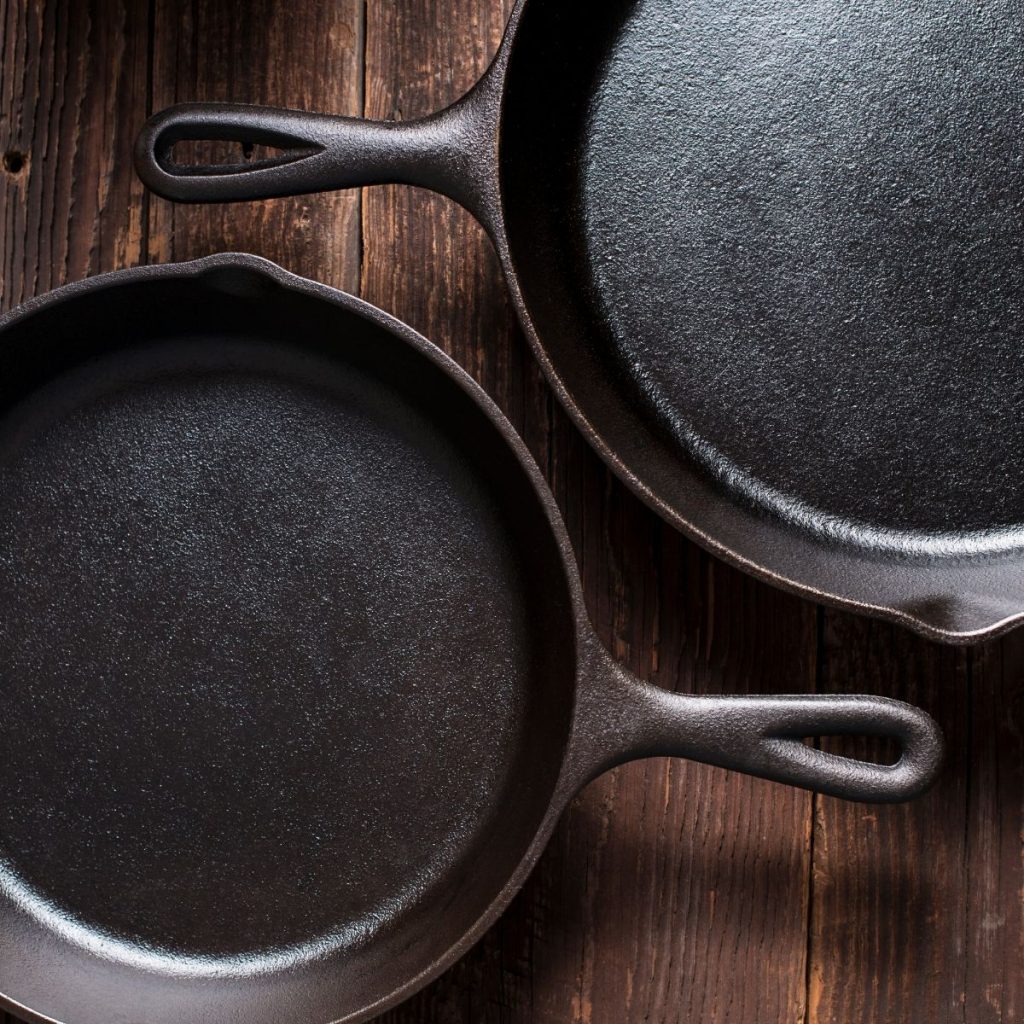
How to Reseason a Cast Iron Skillet
Reseasoning helps refresh and strengthen the nonstick surface. Here’s how to do it:
- Preheat oven to 400°F.
- Clean and dry the skillet thoroughly.
- Rub a thin coat of high-heat oil over the entire pan.
- Place skillet upside down in the oven.
- Turn oven off and let it sit for 1 hour.
- Allow to cool fully before using or storing.
For rusty pans, scrub away rust with steel wool before starting the reseasoning process.
Cast Iron FAQ
To maintain a cast iron skillet, make sure that it is properly seasoned at all times. Wipe away food debris after regular use, and scrub it any time it has caked-on debris. Make sure that it is stored in a dry place.
After regular use, a cast iron skillet can simply be wiped out or gently rinsed and left to air dry. Oiling your cast iron after you clean it helps preserve the seasoning.
Yes. Washing with soap, soaking for long periods of time and general neglect will ruin your cast iron cookware. Although it is very difficult to ruin cast iron permanently, the most common damage is stuck-on food or rust, which can be scraped away with a chain scrubber and reseasoned.
Rust is not food-safe, so you should avoid consuming it or cooking in a rusty pan. However, just because your cast iron is rusty doesn’t mean that it should be thrown away! Remove the rust by scrubbing it with steel wool, rinsing, and then reseasoning.
Oiling your cast iron after every use can be helpful to preserve its seasoning. After you cook, wipe out the pan and then brush it with a light coat of oil.
Cast iron can sometimes feel sticky after seasoning because of an excess of oil. You may want to gently wipe it down and bake it for a little bit longer if it feels excessively sticky.
Cast iron cookware is one of the best investments you can make in your kitchen. With just a little care, it can last for decades and produce beautifully cooked meals every time. Take a few minutes after each use to clean, dry, and oil your skillet—you’ll be glad you did.


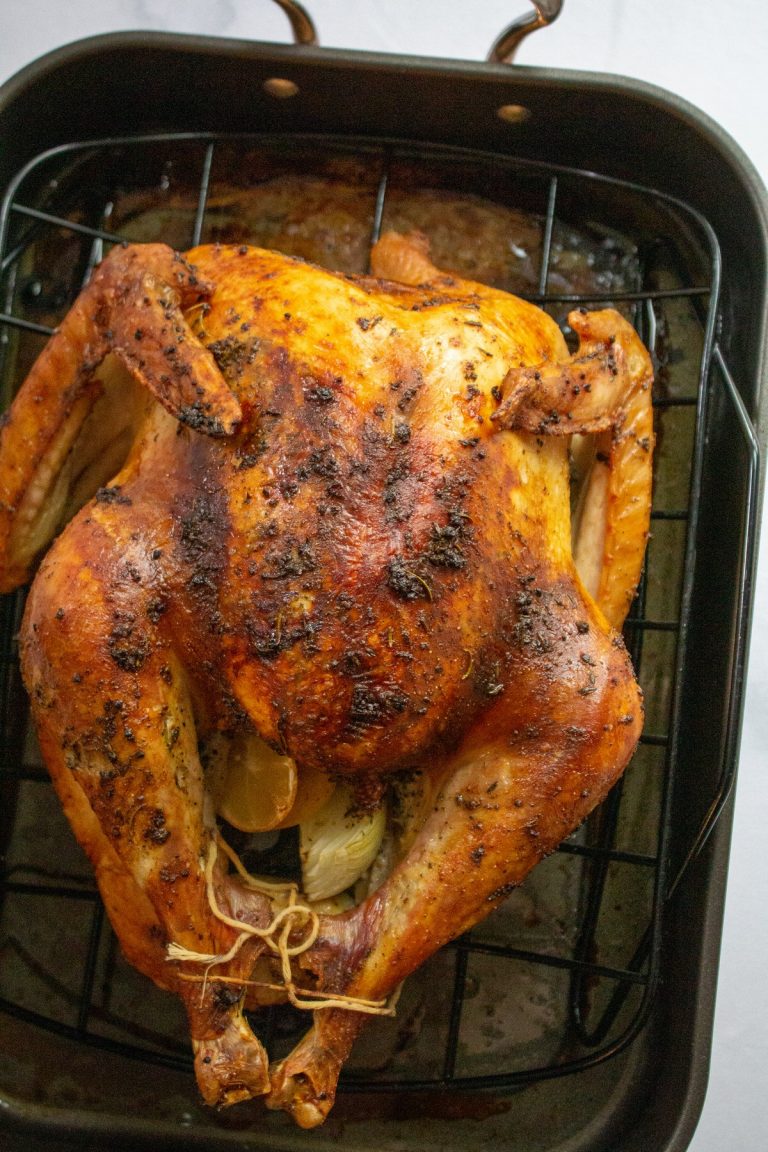
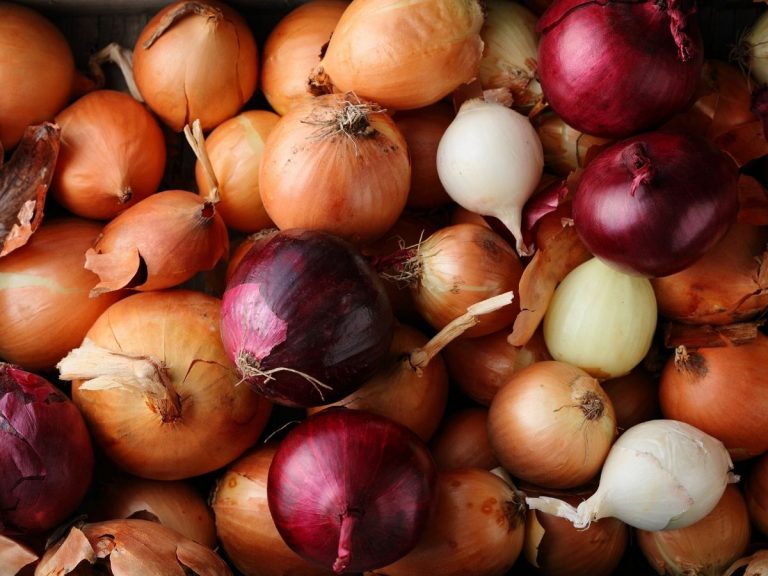
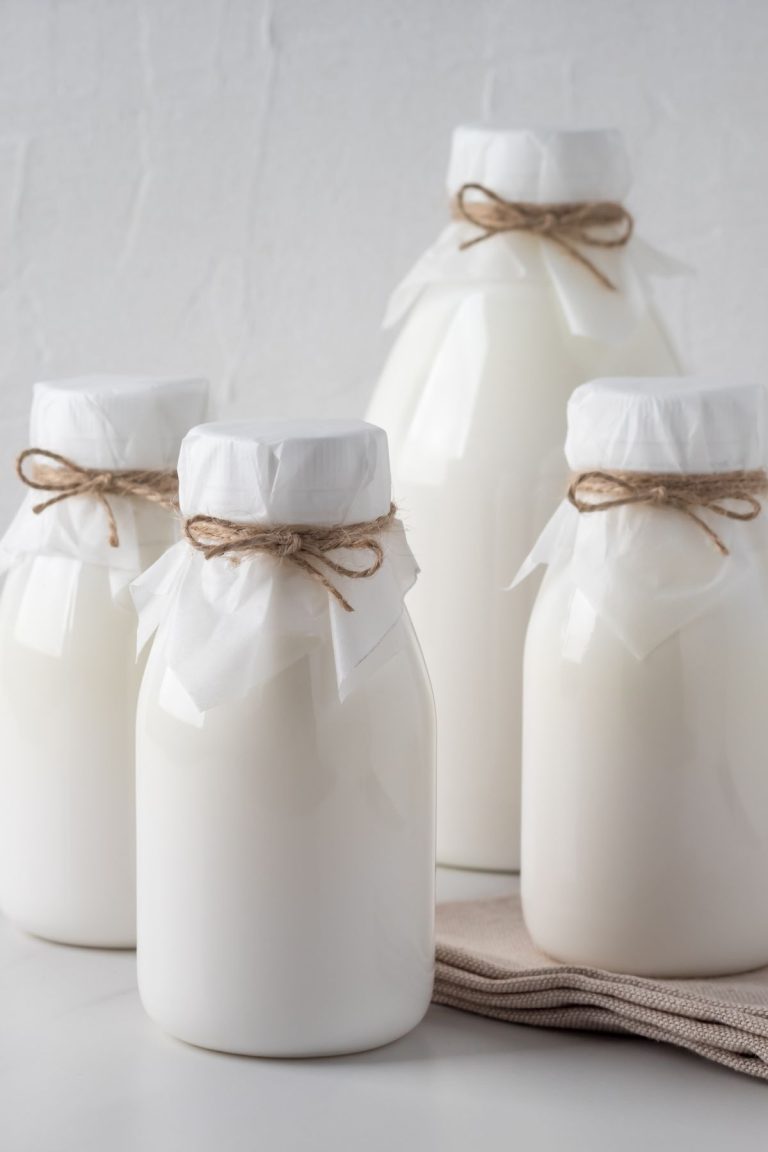
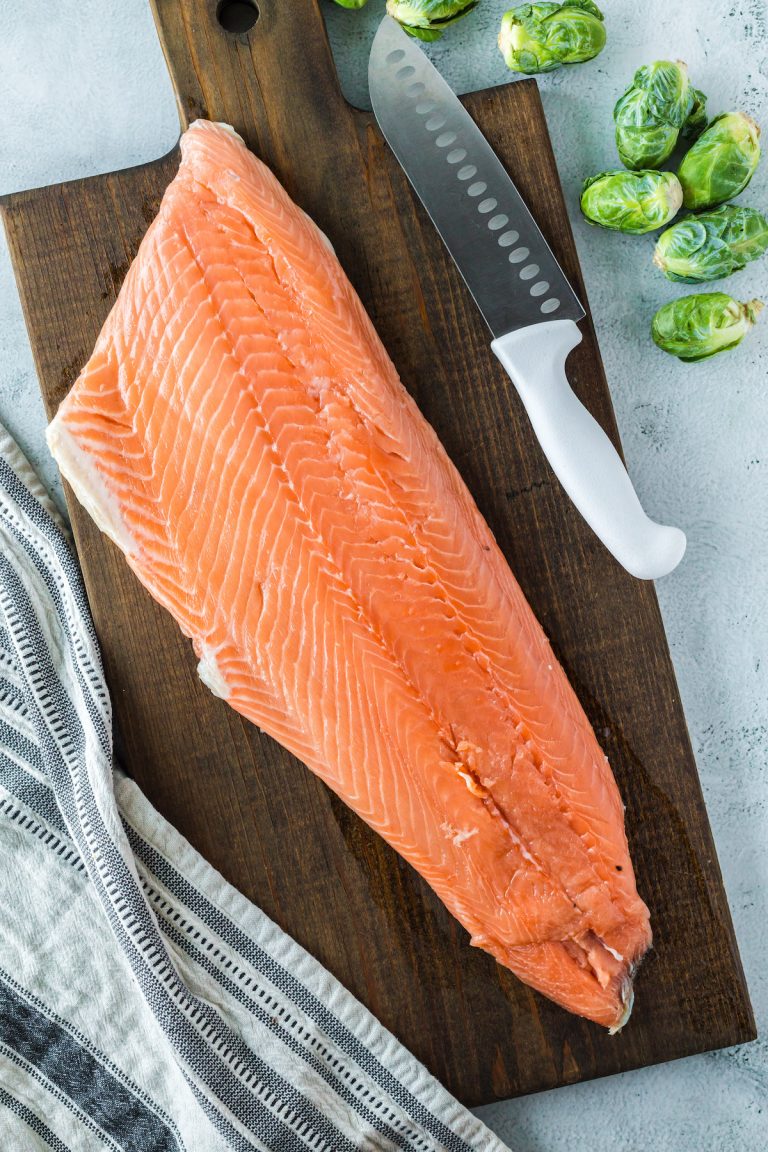
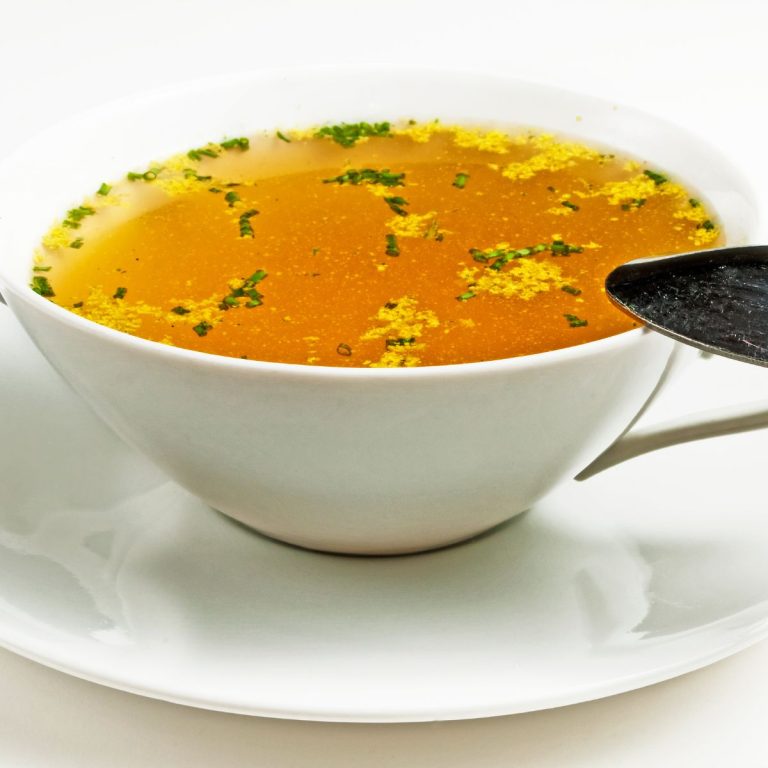
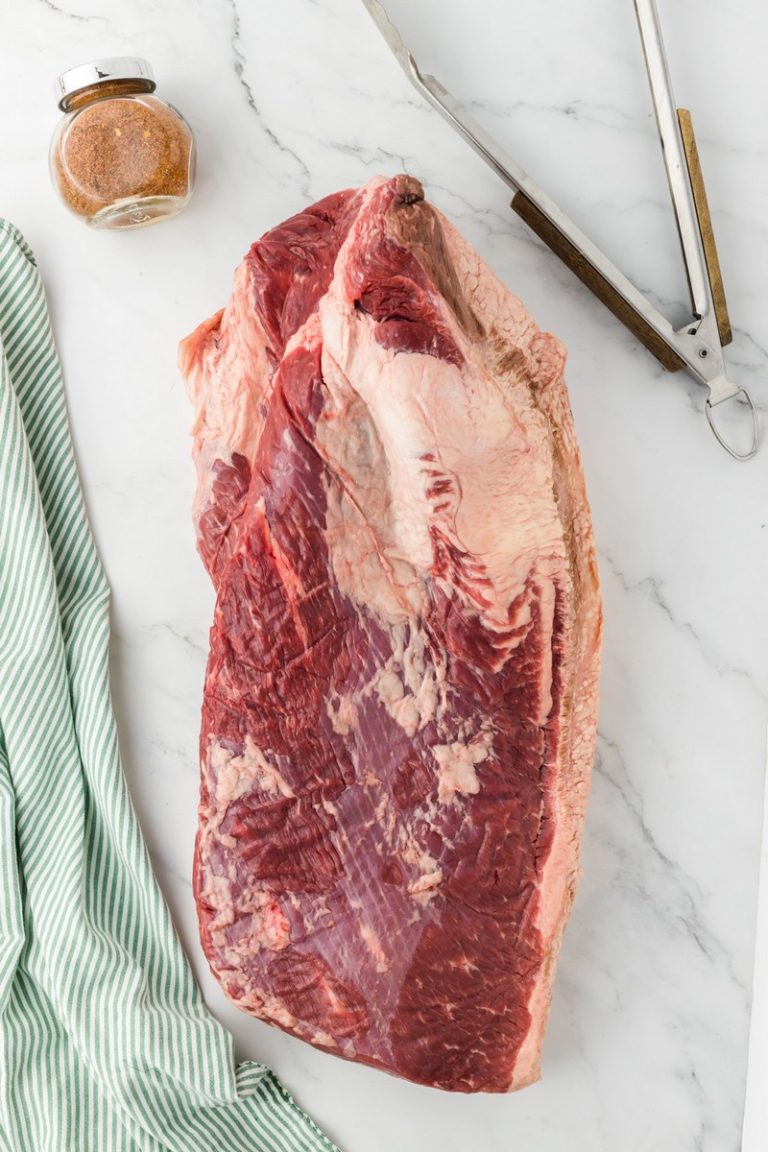
Thank U sooo much on curing & cleaning cast iron pans so very helpful Thank you, keep your great articles coming. Celia Johnson❤
Went to use my frying pan and got this aweful smell from the pan, why it was cooked in before, cleaner well and dried well before putting on the oil. What is the cause. Thank you!
This is great for daily care! But if you run across a piece that’s been abused the fastest way to fix it is to have a nice bon fire and once the wood is nothing but coal add the pan and fill with coal. In the morning once it’s cooled bring in and scrub clean and coat with crisco and bake at 450 for 1.5 hours. The one I did looks better than a brand new pan! I did have to recoat and bake it twice but it was really bad! Hope this helps for anyone thinking their pan is trash like I did.
Gonna try this thanks ????
I love my cast iron pans! These are great tips on caring for them and keeping them for a lifetime!
Great tips! Thank you for sharing. My cast iron definitely needs a little more love 😉